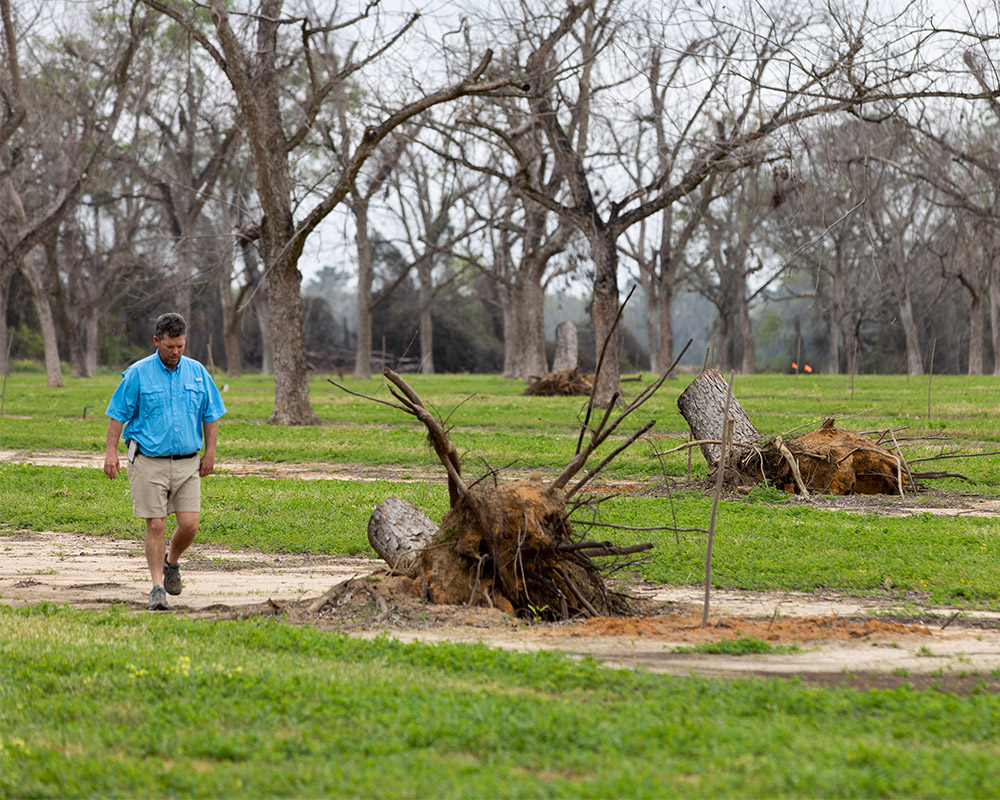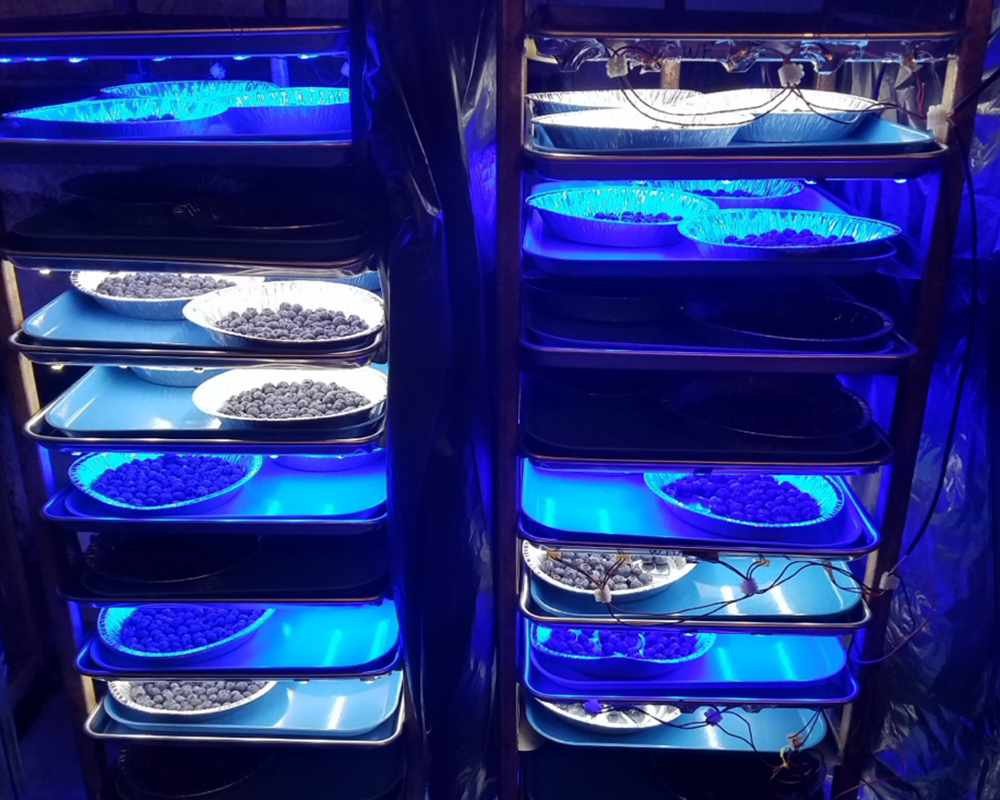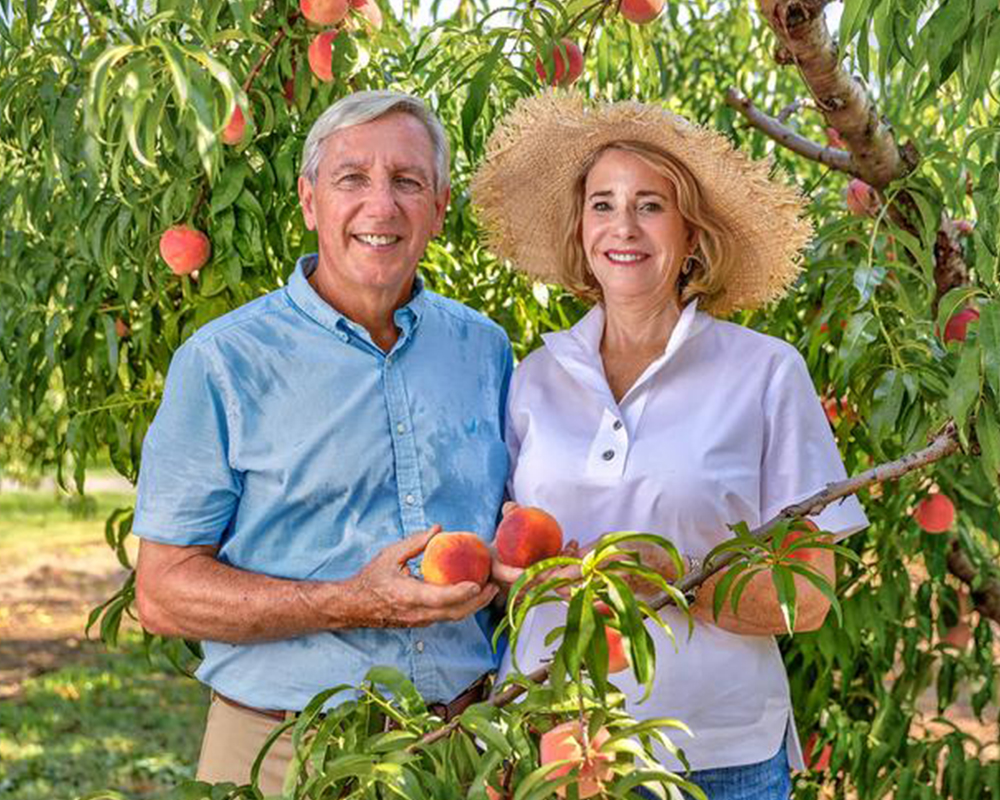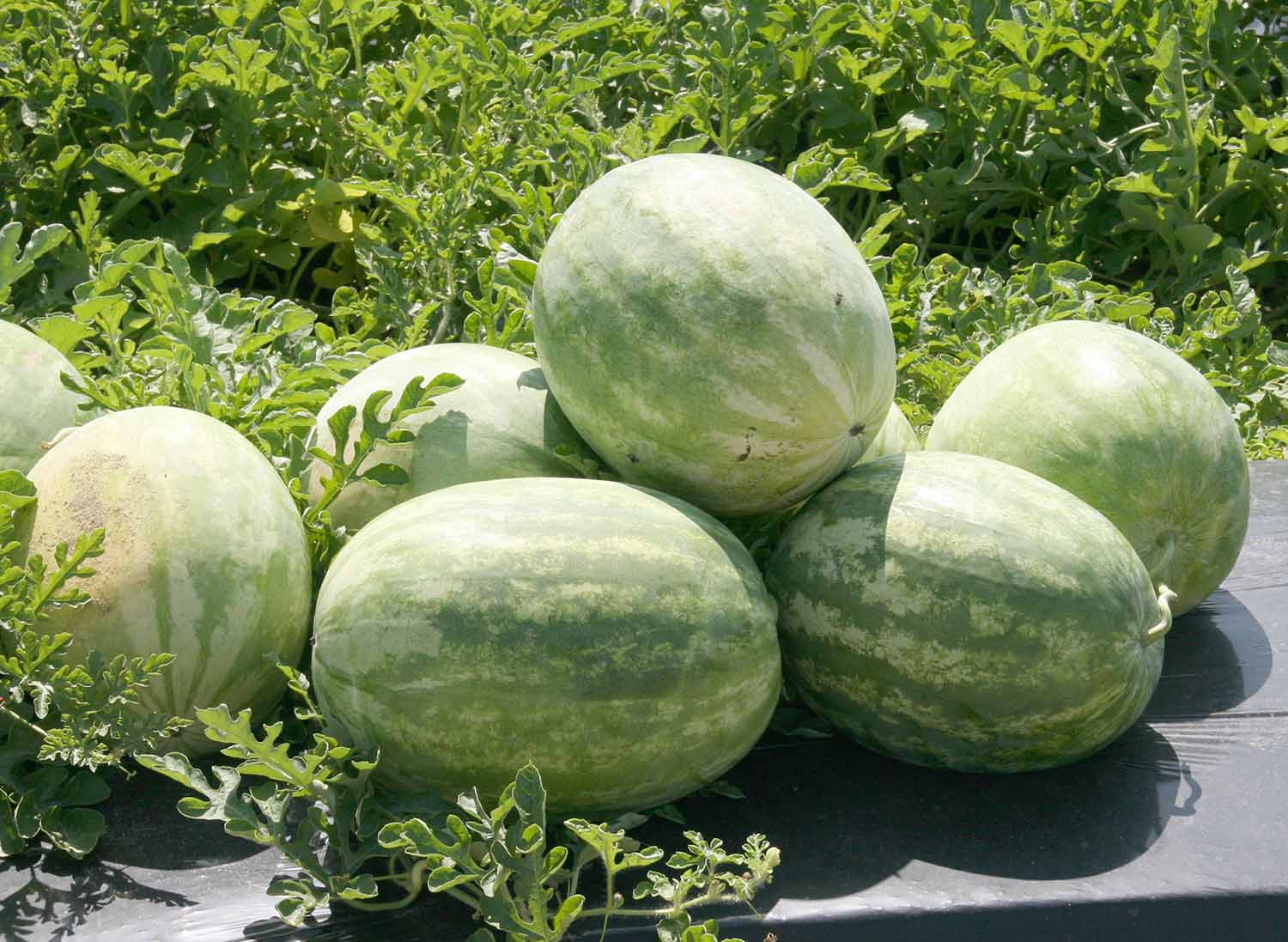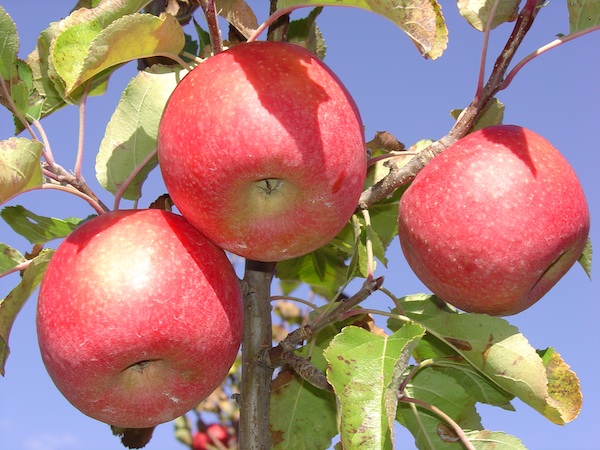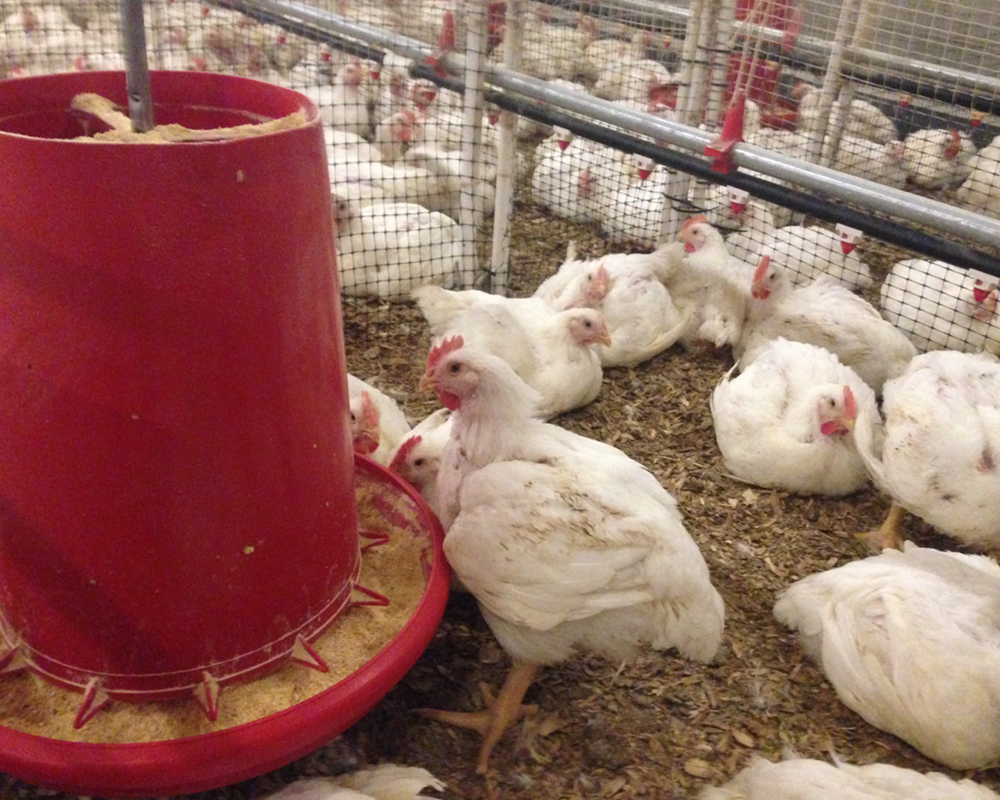 CAES News
CAES News
Fast Snaps
Trap-jaw ants are famous for having one of the natural world’s fastest movements, and a new study led by a University of Georgia graduate shows that the core mechanism that allows this speedy movement evolved multiple times within a single ant genus, leading to the spectacular diversification of mandible shape each time.

